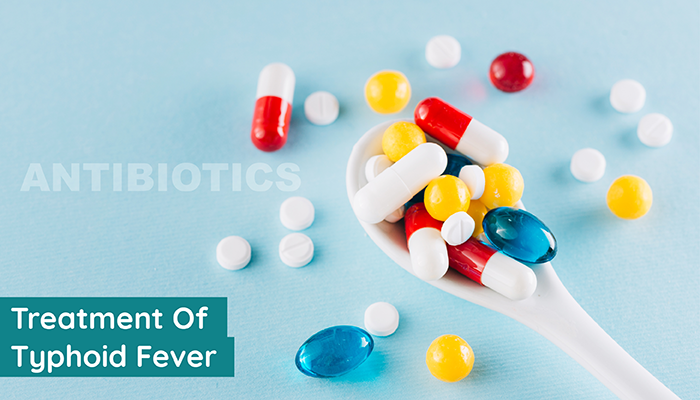
Treating typhoid typically involves a combination of medications and supportive care measures. Here are the general steps for treating typhoid:
- Antibiotics: The mainstay of treatment for typhoid is antibiotics. The specific antibiotic and duration of treatment may vary based on the severity of the illness and the antibiotic resistance patterns in the local region. Commonly used antibiotics include ciprofloxacin, azithromycin, and ceftriaxone. It is essential to complete the full course of antibiotics as prescribed by the healthcare provider.
- Fluid replacement: Typhoid fever can cause dehydration due to high fever, sweating, and loss of appetite. It is important to maintain fluid balance by drinking plenty of fluids such as water, oral rehydration solutions, and clear soups. In severe cases, intravenous fluids may be necessary.
- Nutritional support: Eating a well-balanced diet that includes easily digestible foods and small, frequent meals can help provide essential nutrients and support the body in fighting the infection.
- Fever control: Over-the-counter medications like acetaminophen (paracetamol) can be used to manage fever and reduce discomfort. Avoid using aspirin or non-steroidal anti-inflammatory drugs (NSAIDs) as they may increase the risk of complications.
- Rest and isolation: Getting adequate rest is important to aid in the recovery process. It is also essential to reduce the risk of spreading the infection to others by practicing good hygiene, washing hands frequently, using separate utensils, and avoiding close contact with others until a healthcare provider confirms it is safe to do so.
It is crucial to consult with a healthcare provider for an accurate diagnosis and appropriate treatment plan for typhoid fever, as the management may vary depending on the individual’s age, overall health, and any complications they may have.





